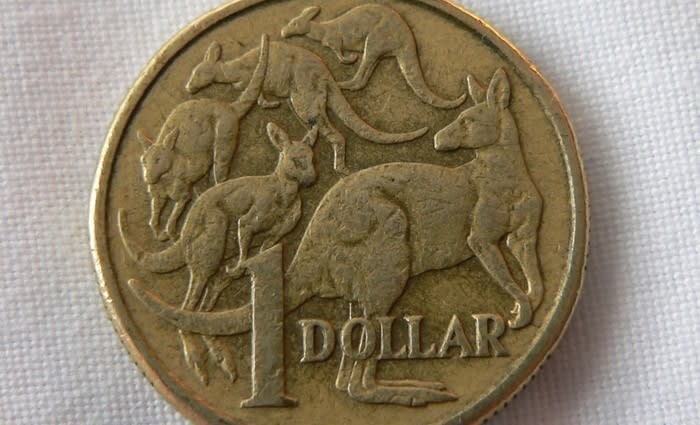Australian dollar holds as commodities remain stable: Bill Evans
EXPERT OBSERVER
The Australian dollar has held within a narrow range of USD0.704 to USD0.716 over the month.
Key commodity prices, particularly iron ore, have been stable over the month with spot at around US$90/t. General expectations have been for this price to adjust downwards. For example the government’s forecast for the iron ore price (fob) by March 2020 is US$55/t (Westpac expects US$74/t spot).
Supporting the iron ore price has been ongoing reports from Vale of likely decommissioning of supply following the collapse of the tailings dam in Brumadinho – general expectation is that Vale will decommission around 40t of production lowering overall annual production from 400Mt to 360Mt.
However markets are expecting even larger production cuts to eventuate. Another major producer, Rio Tinto, has also recently been impacted by a supply shock.
On the demand side, confidence is rising in response to China’s commitment to stabilising growth through lifting credit; easing restrictions on the shadow banking sector; supporting bond issues by local governments to finance new infrastructure investment; tax cuts; and some support to housing in selective regions.
This stability at high levels for key commodity prices is providing solid support to the Australian dollar – indeed the fair value of the AUD as measured by commodity prices, is currently holding well in excess of current spot.
On the other hand, interest rate differentials continue to weigh on the AUD. When on February 21, Westpac moved to forecast the RBA would cut the cash rate by 25bps in August and November this year, markets were not anticipating a cut until April next year.
That pricing has now moved forward to August/September with 75% of a second cut priced by mid next year. (pricing COB Wednesday).
However in a Q&A follow-up to a speech on Wednesday to the American Chamber of Commerce in Australia, Deputy Governor Debelle is reported to have noted “Our expectation is that we will see decent growth in the economy…so we won’t have to get to that point [of cutting rates]”.
A test of that assertion will be when the RBA releases its revised growth; inflation and employment forecasts in the May Statement on Monetary Policy on 10 May. Currently, the RBA is forecasting GDP growth of 3% in 2019 and 2.75% in 2020. The lower growth rate in 2020 is largely explained by a reduced contribution from resource exports – particularly LNG.
Those forecasts were released for the February Statement on Monetary Policy when the RBA was forecasting growth of 2.75% for 2018. Subsequently, growth printed at 2.3% for 2018.
BILL EVANS is the Chief Economist at Westpac
